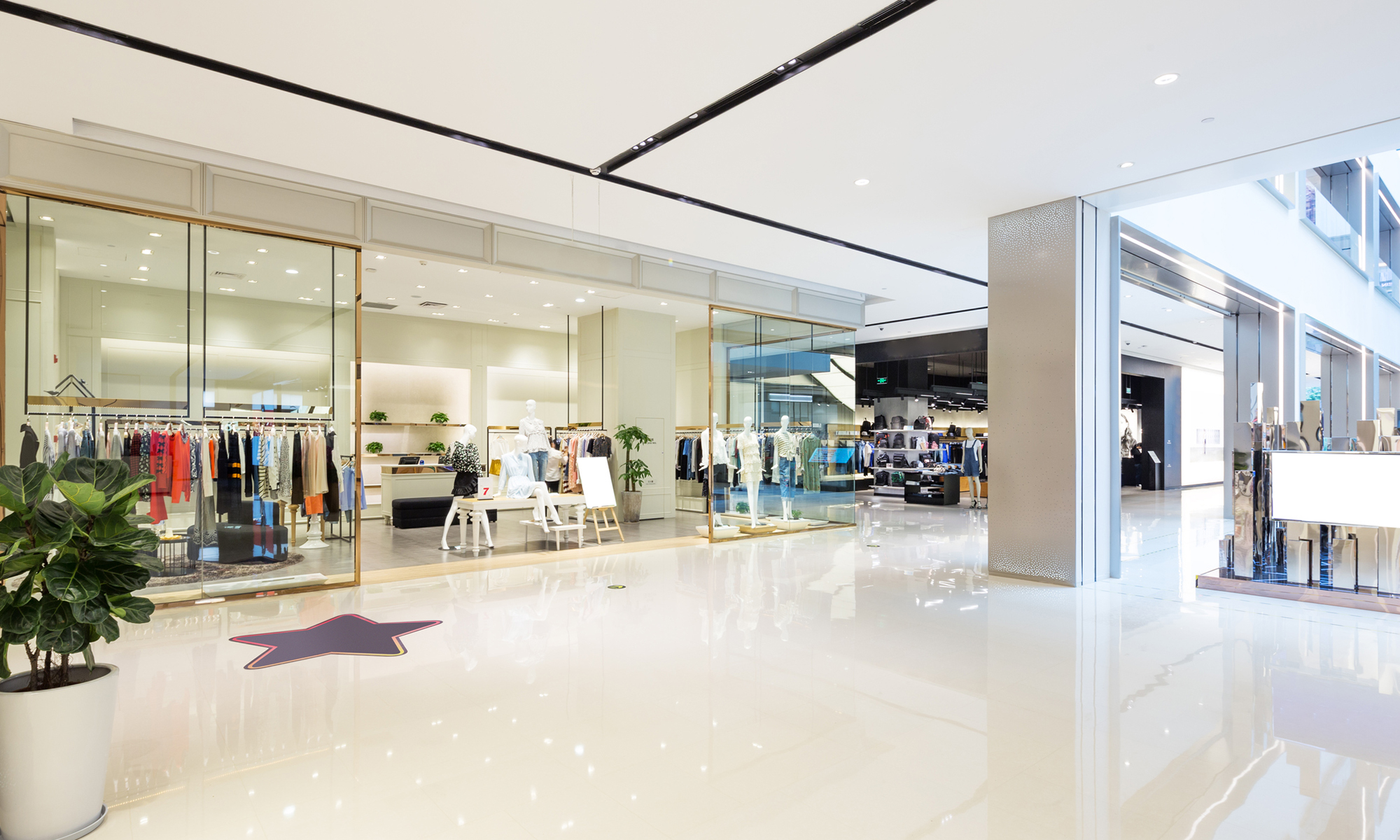By Brian Siff and Victoria Danta
Is imitation the sincerest form of flattery? Not according to brand owner Jack Daniel’s Properties, Inc., (“JDPI”), which owns the JACK DANIEL’S source identifiers for alcoholic beverages and other goods – most notably, whiskey.
For the better part of a decade, JDPI has been embroiled in a dispute with toy maker VIP Products LLC, (“VIP”), which makes humorous chew toys that allegedly parody well-known products. The toy shown below is at the center of this dispute, and features elements of authentic Jack Daniel’s® whiskey bottles and labeling, and dog-related puns, such as “BAD SPANIEL,” “OLD No. 2,” and “TENNESSEE CARPET”:
|
VIP Chew Toy |
JDPI Bottle and Labeling |
 |
 |
In 2014, JDPI accused VIP of trademark infringement and demanded that VIP cease all sales of the BAD SPANIELS chew toy. VIP then sued for a declaratory judgment, including a declaration of non-infringement. JDPI counterclaimed for infringement and related causes of action, including dilution of a famous trademark. The U.S. District Court for the District of Arizona applied a traditional “likelihood of confusion” analysis to JDPI’s claims, finding that confusion was likely on the basis of evidence that included actual confusion and a consumer survey. Notably, JDPI’s brand licensing program included pet products.
The District Court allegedly erred by not appropriately considering the First Amendment’s free speech protections and specifically, it did not properly consider the idea that the chew toy was a humorous parody, and that it was an expressive work entitled to protection.
In early-2020, the U.S. Court of Appeals for the Ninth Circuit ruled that the toy was, indeed, an expressive work protected by the First Amendment. Thus, VIP’s use of JDPI’s source identifiers was not actionable infringement, dilution or tarnishment. The Ninth Circuit held that the traditional likelihood of confusion test failed to account for the public interest when free speech rights are involved. The Ninth Circuit emphasized the toy’s humorous messages. Ultimately, the Ninth Circuit sent the dispute back to the District Court for further proceedings on JDPI’s infringement claims. Critics point out that the Ninth Circuit was the first anywhere to apply such strong free-speech protections, and that the holding conflicts with decisions from other Courts of Appeals (including the Second Circuit). Furthermore, some argue, the Ninth Circuit’s decision could encourage trademark infringement, by appearing to offer infringers protection if they can allege some minimal “humorous” aspect to their product.
When the dispute then returned to the District Court, the Court ruled for VIP, finding that the chew toy did not infringe upon JDPI’s rights, and that it was creative expression was protected by the First Amendment. However, the District Court encouraged the parties to appeal to the SCOTUS, as it believed the Ninth Circuit’s decision would create significant uncertainty.
Initially, SCOTUS rejected JDPI’s Petition for Certiorari, but JDPI was persistent; with the further urging of the District Court, JDPI repetitioned SCOTUS, and SCOTUS agreed to hear the appeal in late-November 2022.
The issues SCOTUS will resolve are as follows:
1) “Whether humorous use of another’s trademark as one’s own on a commercial product is subject to the Lanham Act’s traditional likelihood-of-confusion analysis, or instead receives heightened First Amendment protection from trademark-infringement claims.”; and
(2) “Whether humorous use of another’s mark as one’s own on a commercial product is ‘noncommercial’ under 15 U.S.C. §1125(c)(3)(C), thus barring as a matter of law a claim of dilution by tarnishment under the Trademark Dilution Revision Act.”
Various third parties have filed amicus briefs on the issue, including the American Intellectual Property Law Association, (AIPLA); Campbell Soup Company; Levi Strauss & Co. and Patagonia Inc.; and the International Trademark Association, (INTA).





